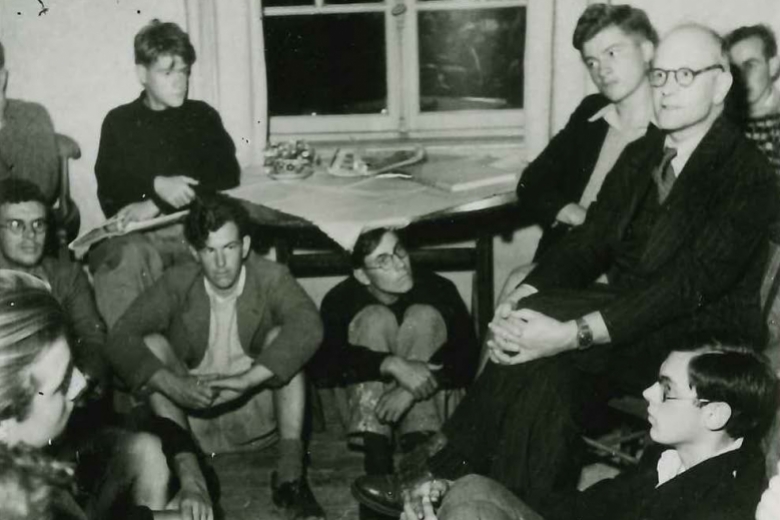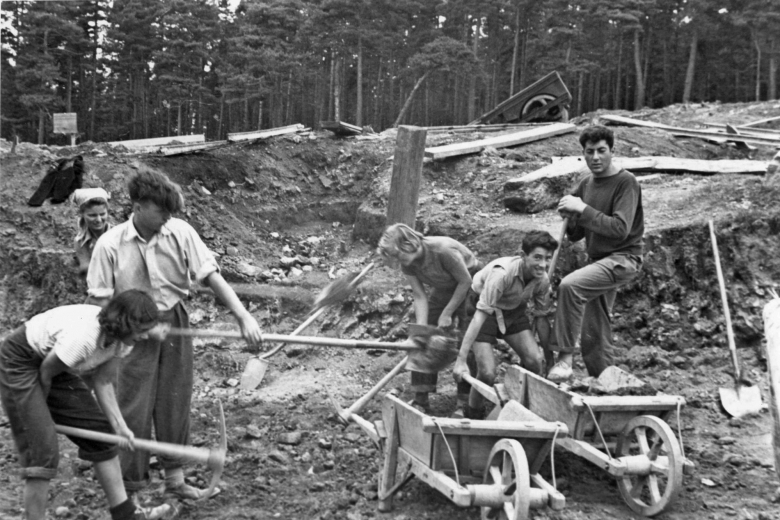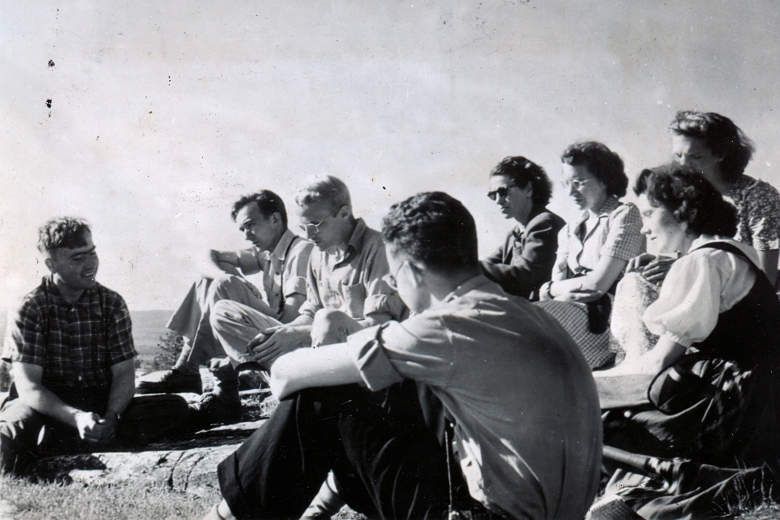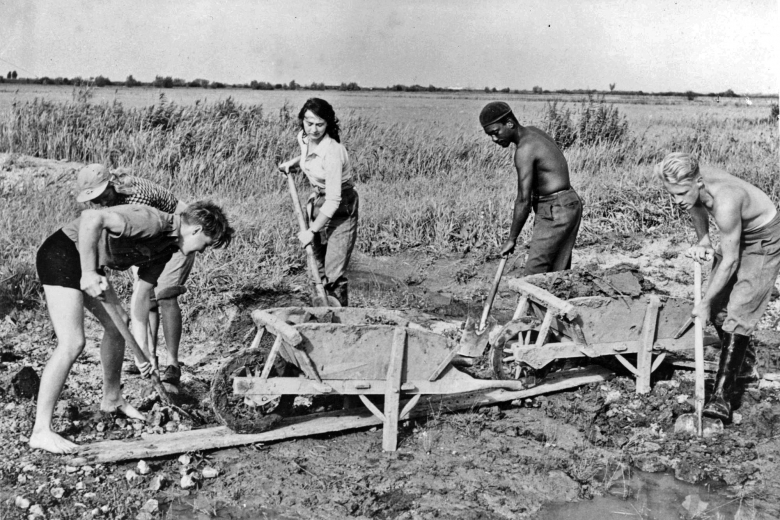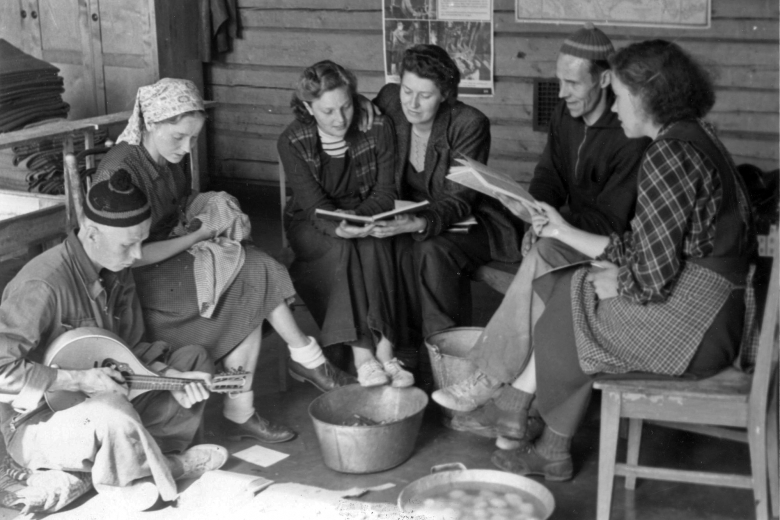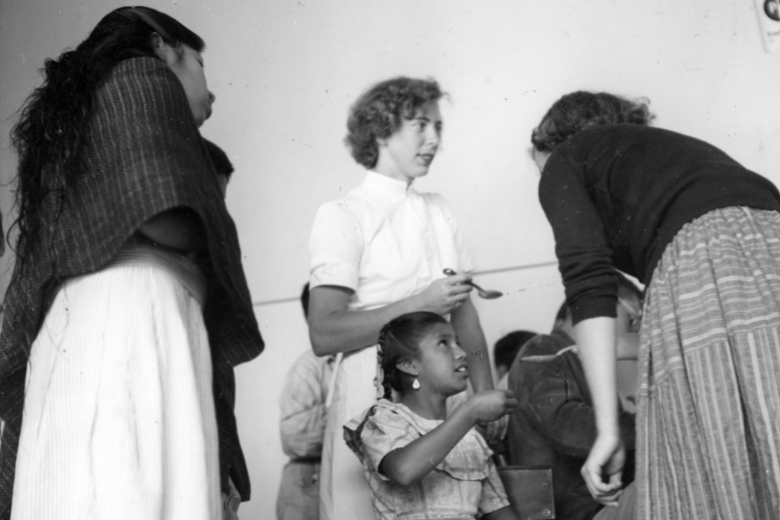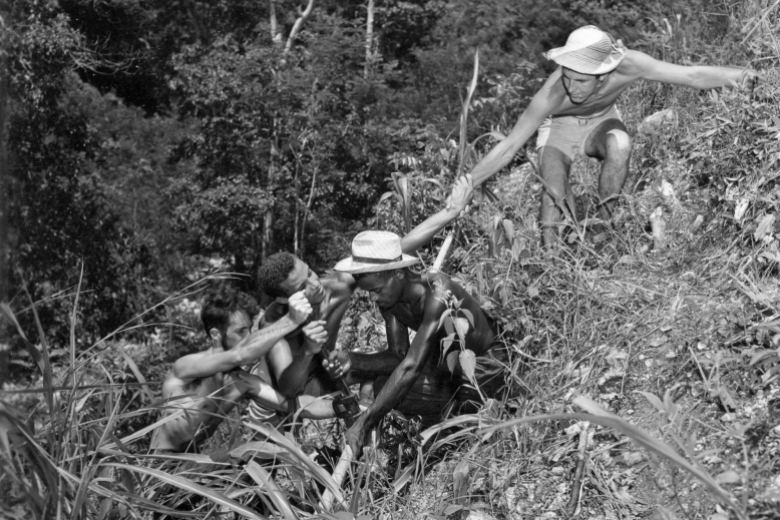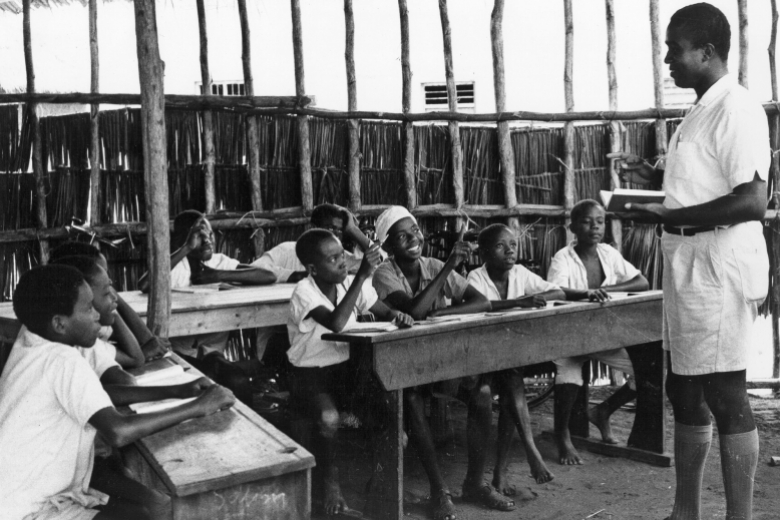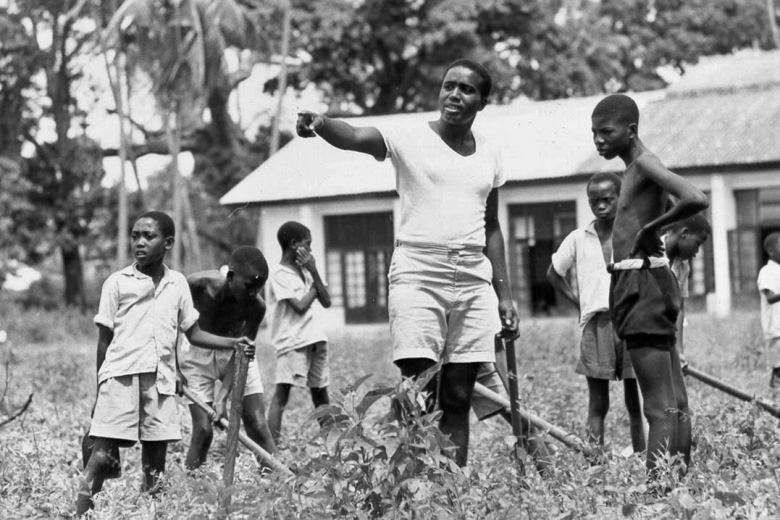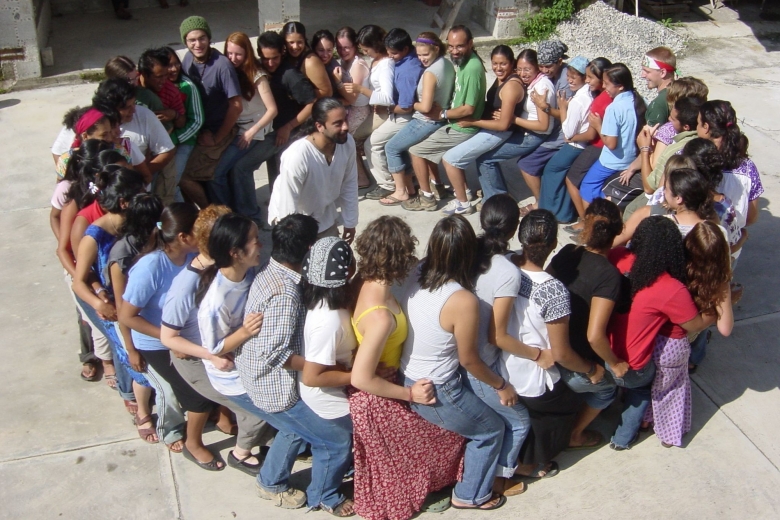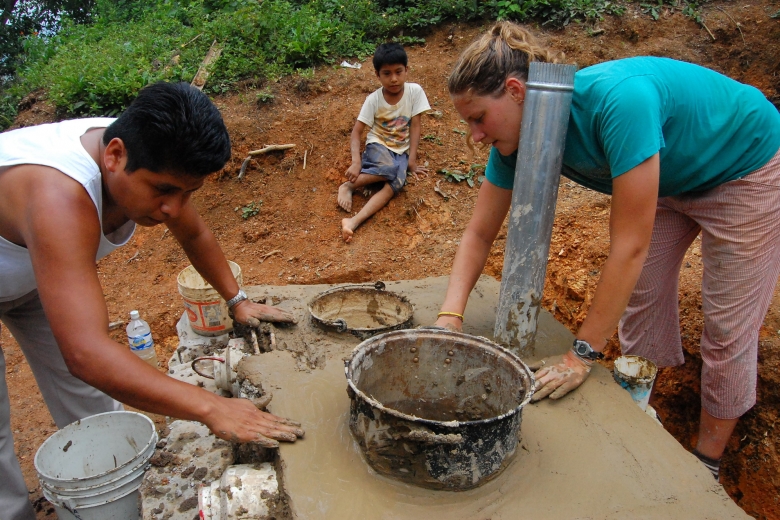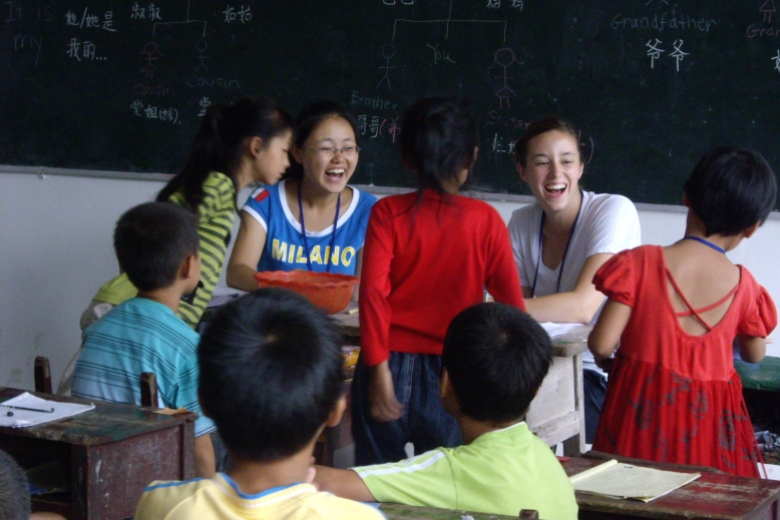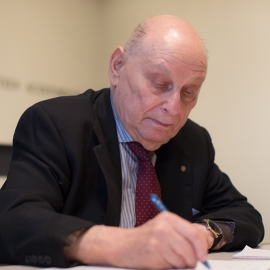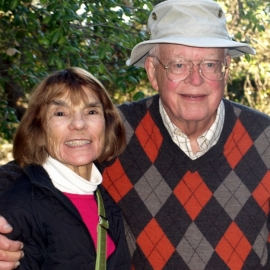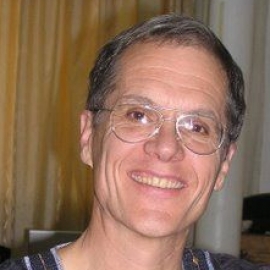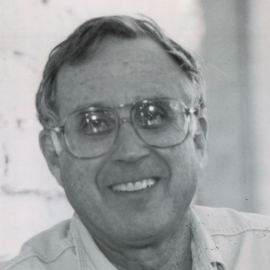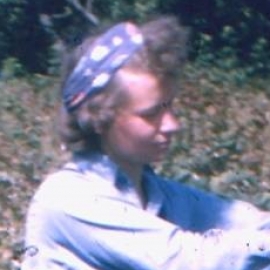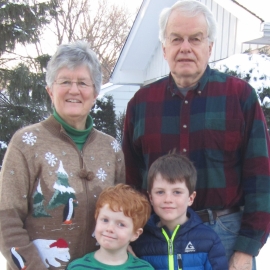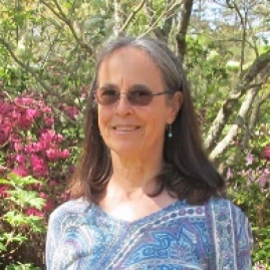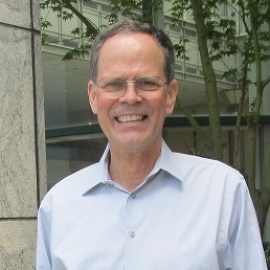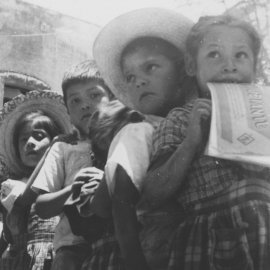During World War I, a new idea captured the imagination of those who rejected war: Engage young people in voluntary service projects to rebuild what war destroyed. This is the origin of the “work camp” model, which evolved to provide urgently needed reconstruction in Europe after WWII. Work campers helped build refugee housing developments in Germany and France and assisted in flood-damaged Holland, Austria, and Switzerland. In 1948, AFSC introduced the Quaker International Voluntary Service (QIVS), which allowed young people to overcome cultural barriers by sharing the lives as well as the tasks of other people.
By 1960, Quaker work camps had expanded to Africa, the Middle East, and Asia, as well as Central America and Cuba. The Service Committee was one of many organizations using this method to motivate and train the next generation of peace builders. Our Voluntary International Service Association (VISA), attracted thousands of young idealists who made a two-year commitment to provide service and support to communities in need, while enriching their own lives in many ways. The experience was life changing for participants, and the program helped inspire President Kennedy’s Peace Corps.



